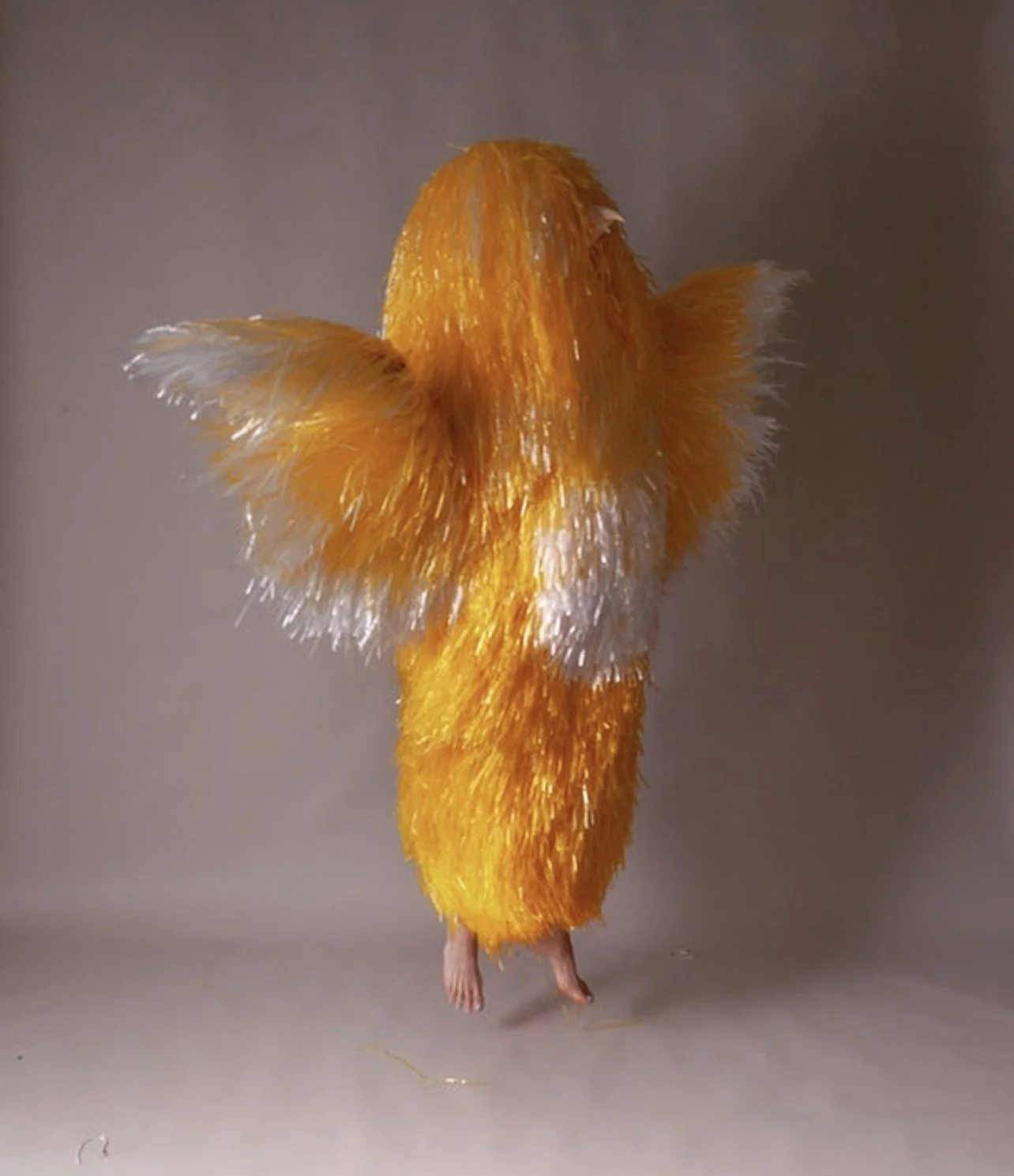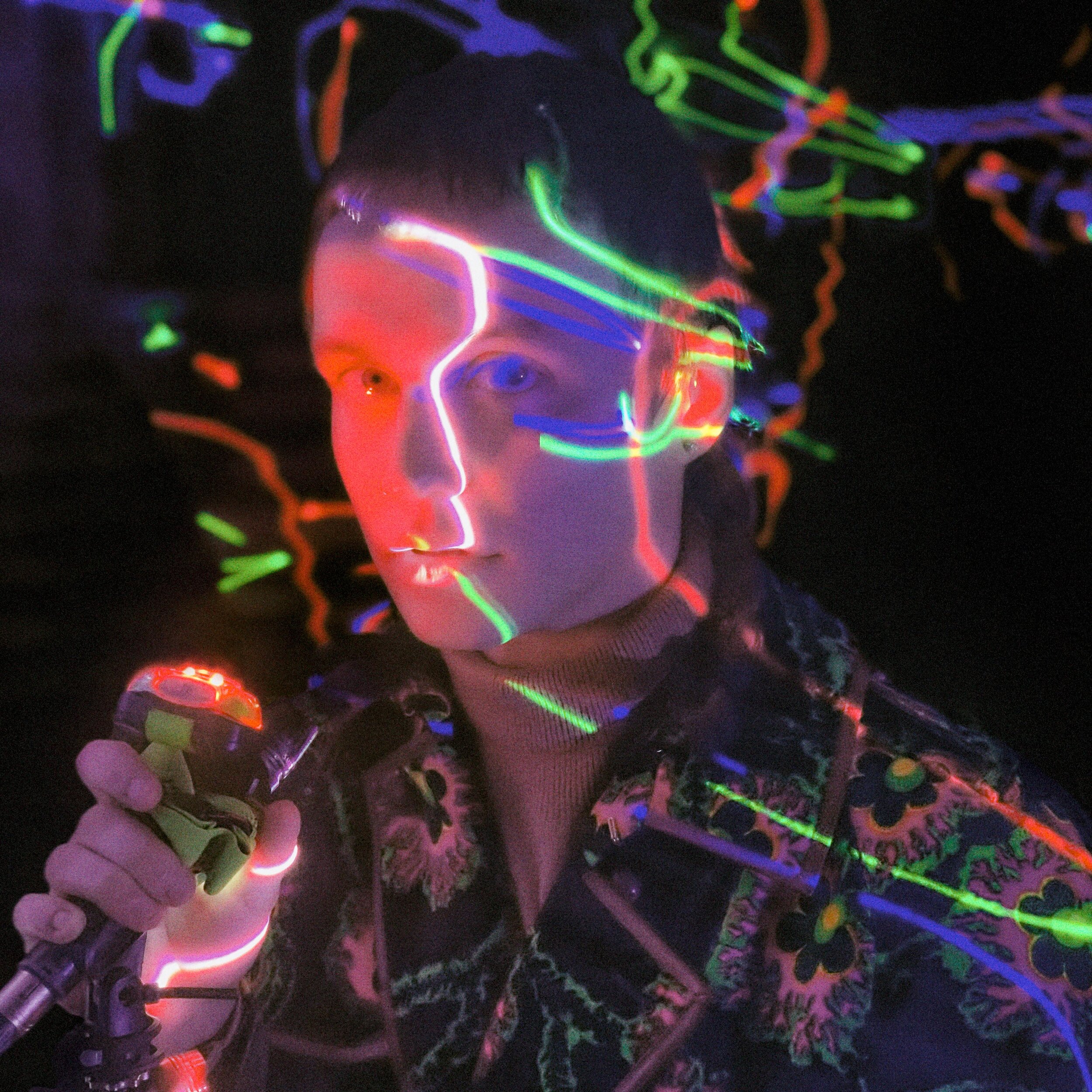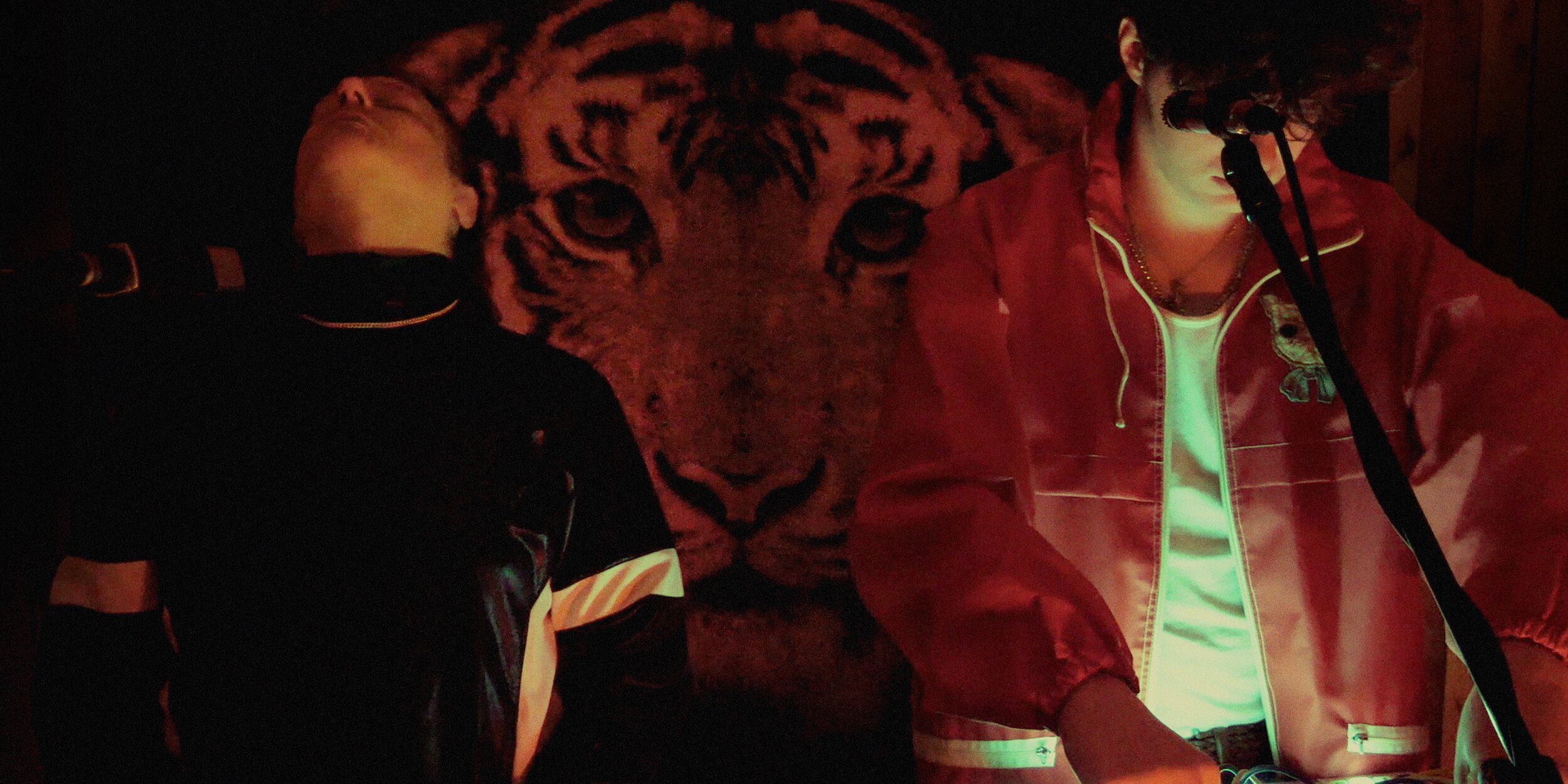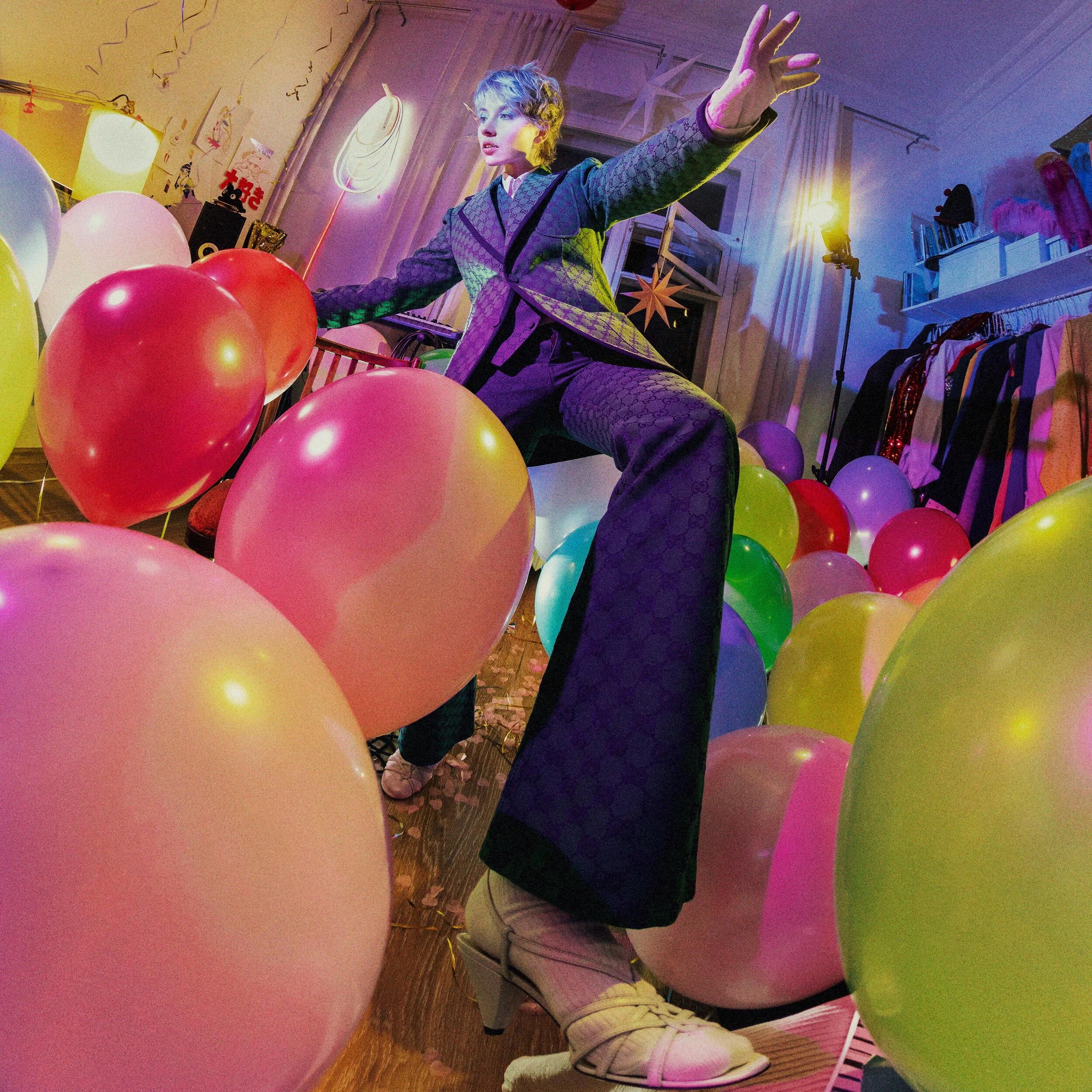Berlin-based design collective WERKSTATTKOLLEKTIV’s all-female dream team and old-school way of creating.
Assembling together in Berlin, WERKSTATTKOLLEKTIV all met while studying costume design in Berlin and wanted to combine their strengths together to create a collective meticulously focusing on the exquisite craftsmanship of costumes and objects. In conversation with Perfect, the team discuss their old-school tactile way of working and the versatility of talents shared between the group.
Perfect: How would you introduce who and what Werkstattkollektiv is?
Werkstattkollektiv: We are a collective of 6 costume and stage designers, painters and cutter/tailors (we happen to be all women). We met studying costume design at the art university in Berlin. Together we plan, design and realise costumes, objects and spaces for art, film, advertising, theatre and opera. The central focus of our work is first and foremost the costume.
Perfect: How do you describe the style of work that you as a collective produce?
Werkstattkollektiv: We could be described as quite old-fashioned. For example, we mostly work without computers. We draw, sketch and plan with good old pen and paper. Most of us come from the theatre context and have each learned a specific craft. We are passionate about fabrics and particular or unusual materials. Our work is often characterised by the fact that we put traditional craftsmanship into modern work environments. We also try to find a suitable visual language for each story or project.
Perfect: What references from art, design and culture are most important to your visual universe?
Werkstattkollektiv: We draw a lot of inspiration from cultural history and traditional folk-costumes from around the world. But also we are inspired by artists such as Oskar Schlemmer, Matthew Barney, Nick Caves Sound-suits and filmmakers like Fellini, Roy Andersson and Wes Anderson. But we are also quite close to the character design community as well as the world of animation films.
Perfect: What can the process of conceptualising and producing a project look like?
Werkstattkollektiv: First a project is brought to us (or we have one of our own). We sit down and discuss the design and the implementation and possible materials. Every project is so unique that we almost always need to develop everything for the first time. We regularly try out new techniques and working methods, that we've never done before. Once we know exactly how we want to manufacture something, we often finish up doing very intensive and time consuming manual work.
Perfect: With an extensive collection of unique projects, which would you consider to have been the most unusual and groundbreaking?
Werkstattkollektiv: It’s hard to pick one. Each project is special, and that's what we love about our work. But a project usually becomes extra-special when all of our individual skills come together and flow into the concept development and realisation.
Some projects are particularly fun, like designing and building a community of huge, round people inhabiting a city for a commercial for Edeka (german supermarket), or a giant monster for PayPal. Others are very challenging, such as the life-like bears that we made for the Salzburg Festival, which were time consumingly produced down to their claws. Others are just stunning and moving, like when we transferred by hand a antique relief of a Jordanian desert castle onto a 60m long curtain for Mariana Castillo Deball in the Hamburger Bahnhof.
But one partner, that we’ve worked with several times and is very dear to our hearts is Pictoplasma and all the artists with them, with whom we’ve developed many crazy costumes for art happenings during the years. That's we’re it all started.












